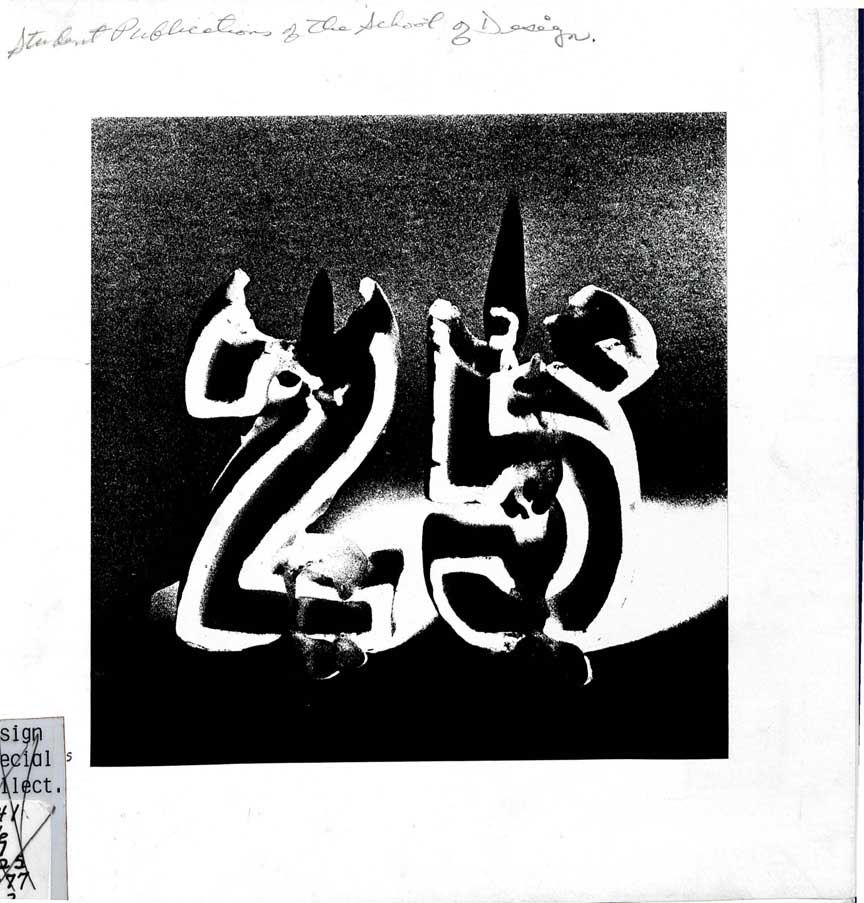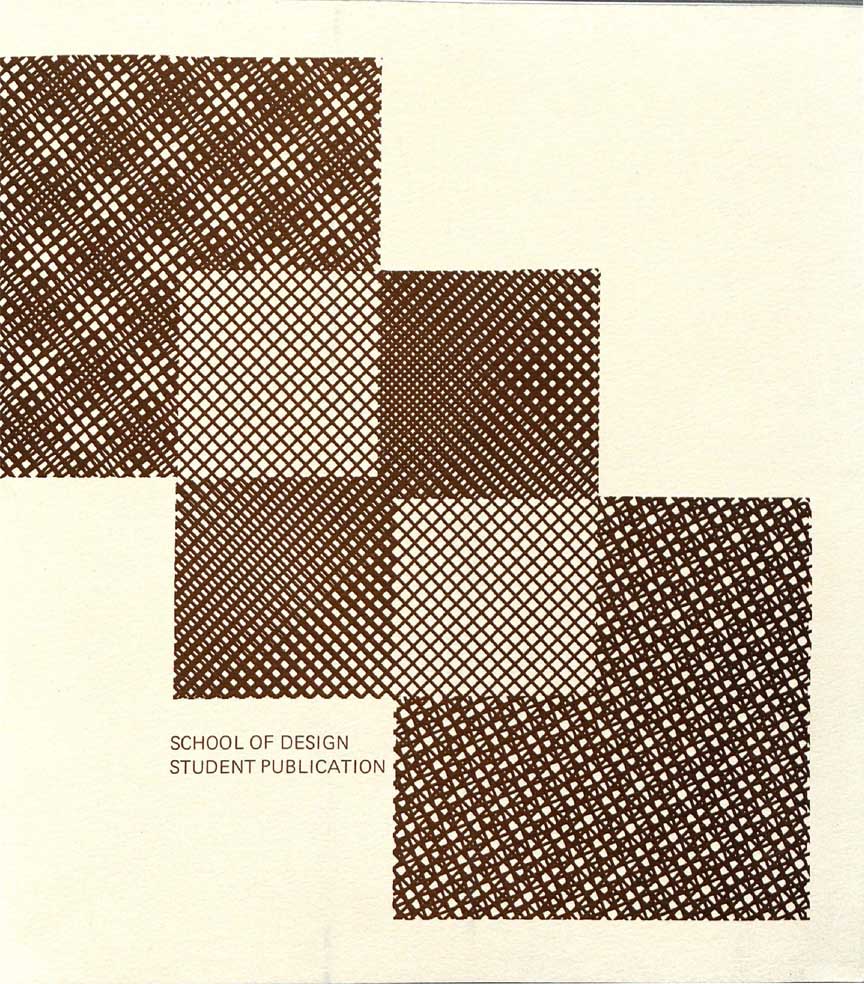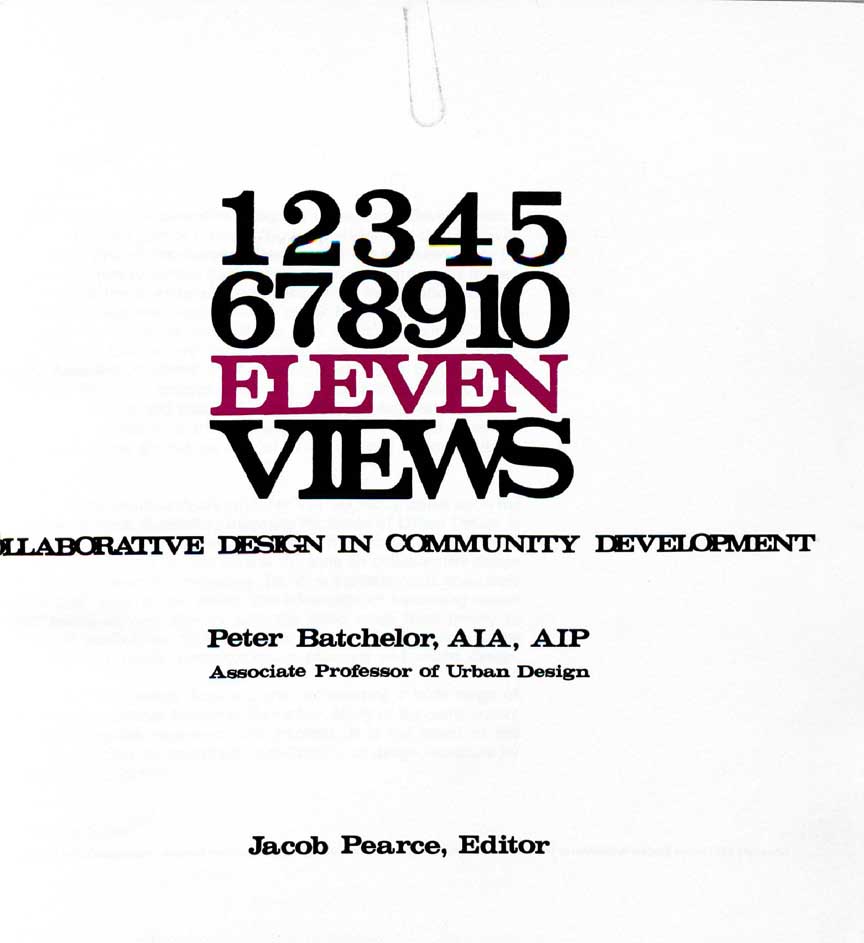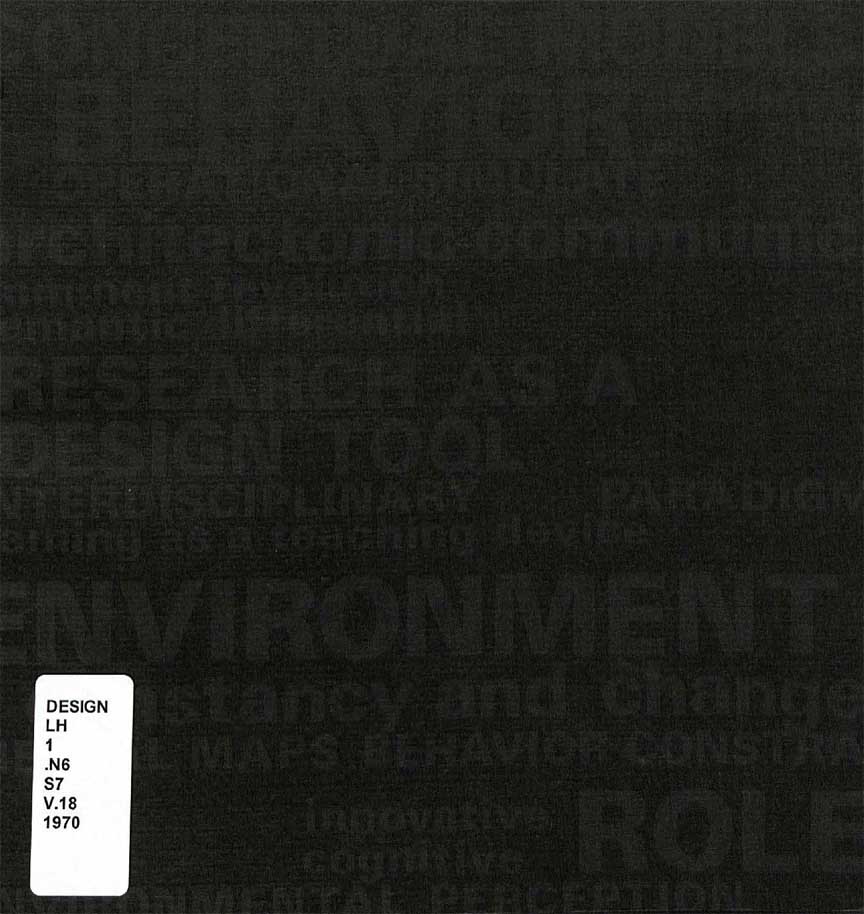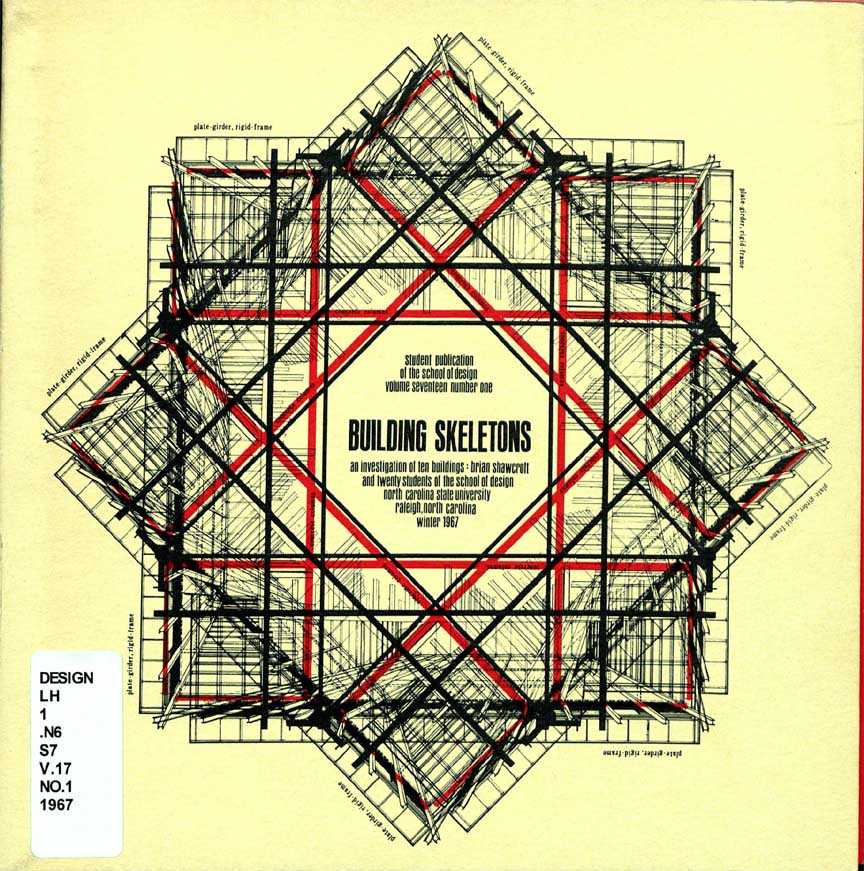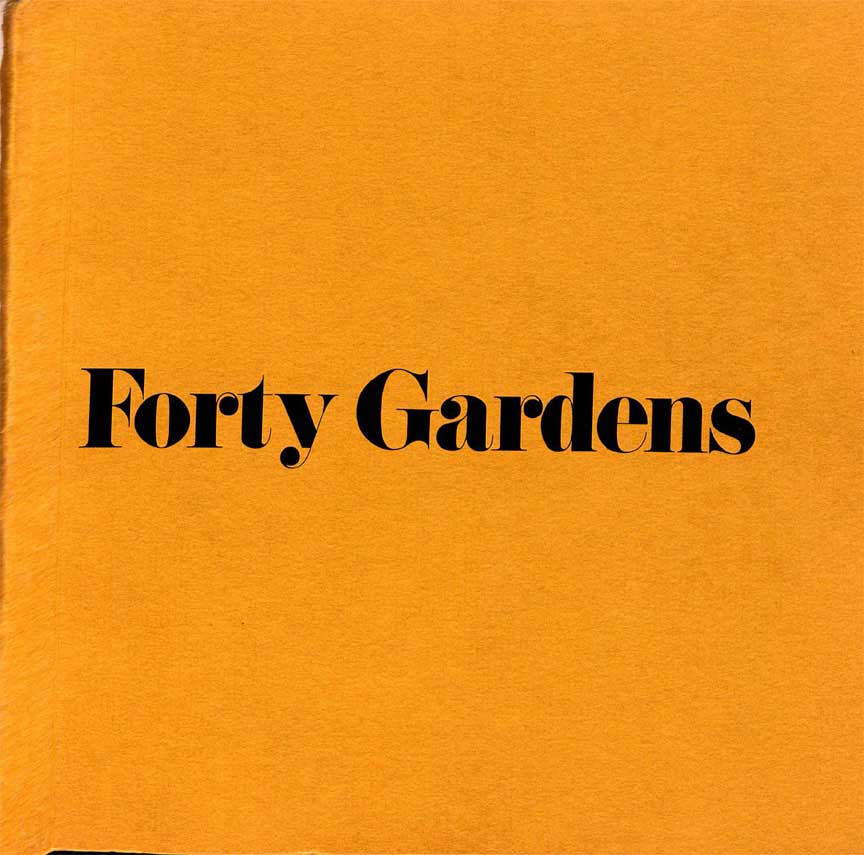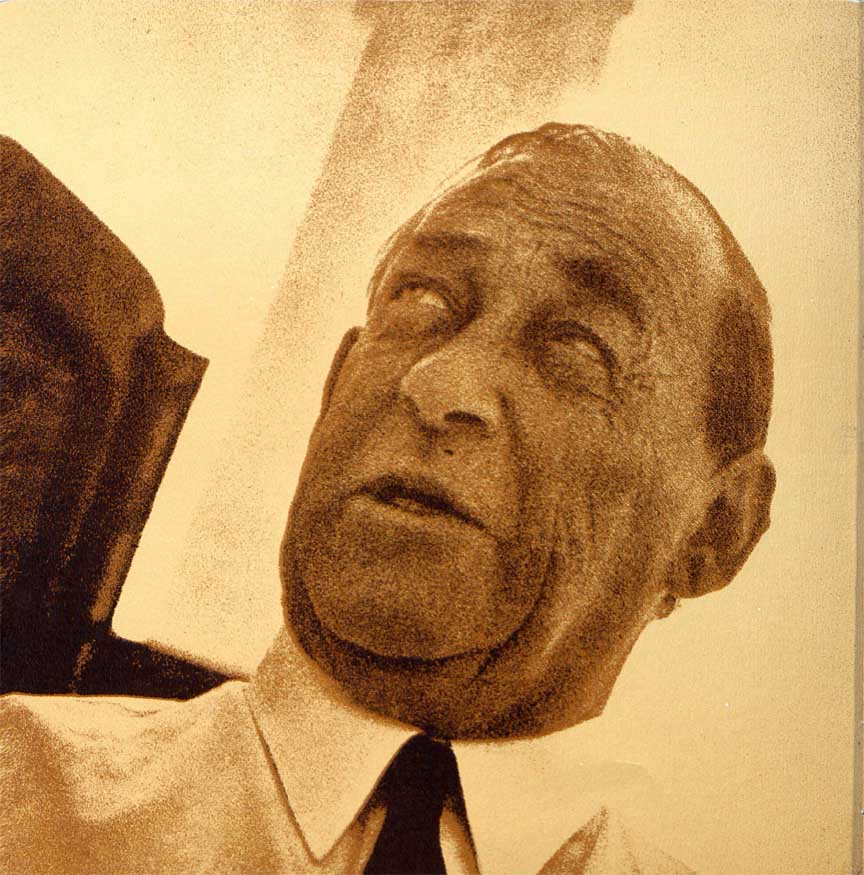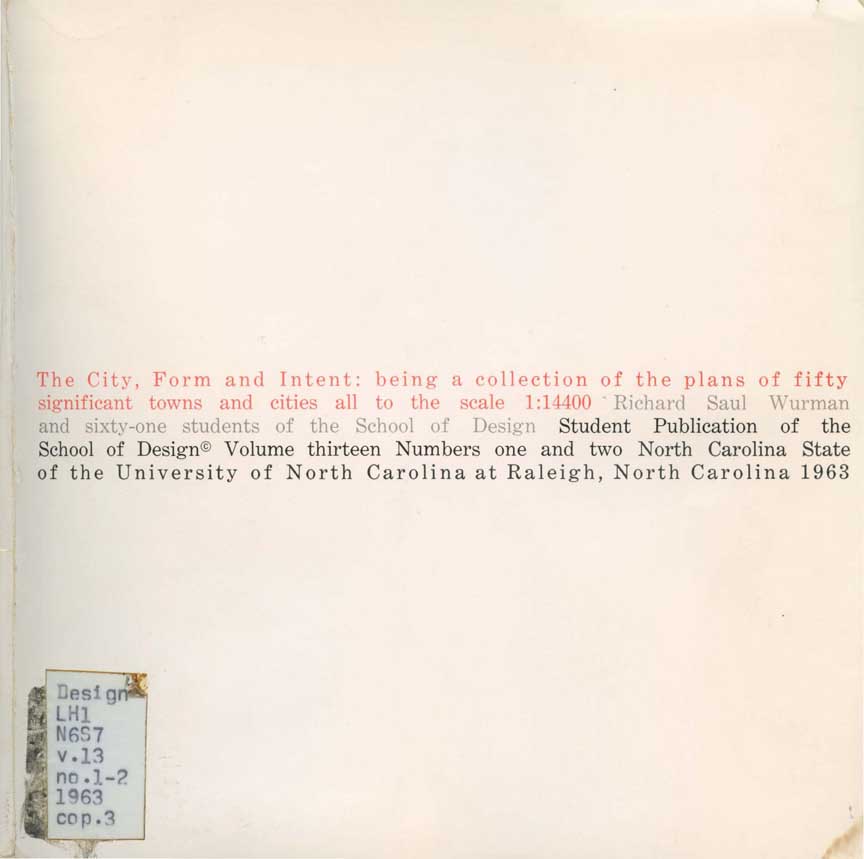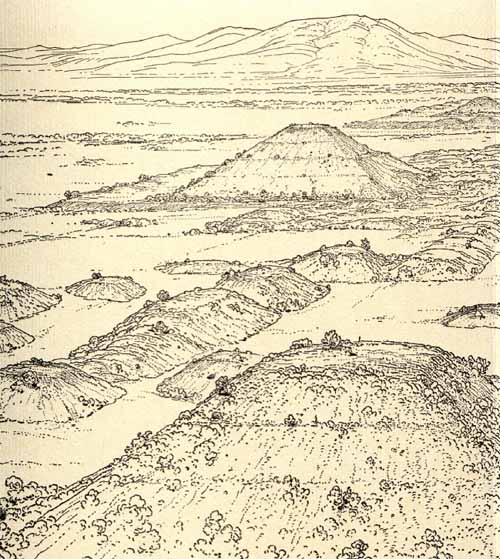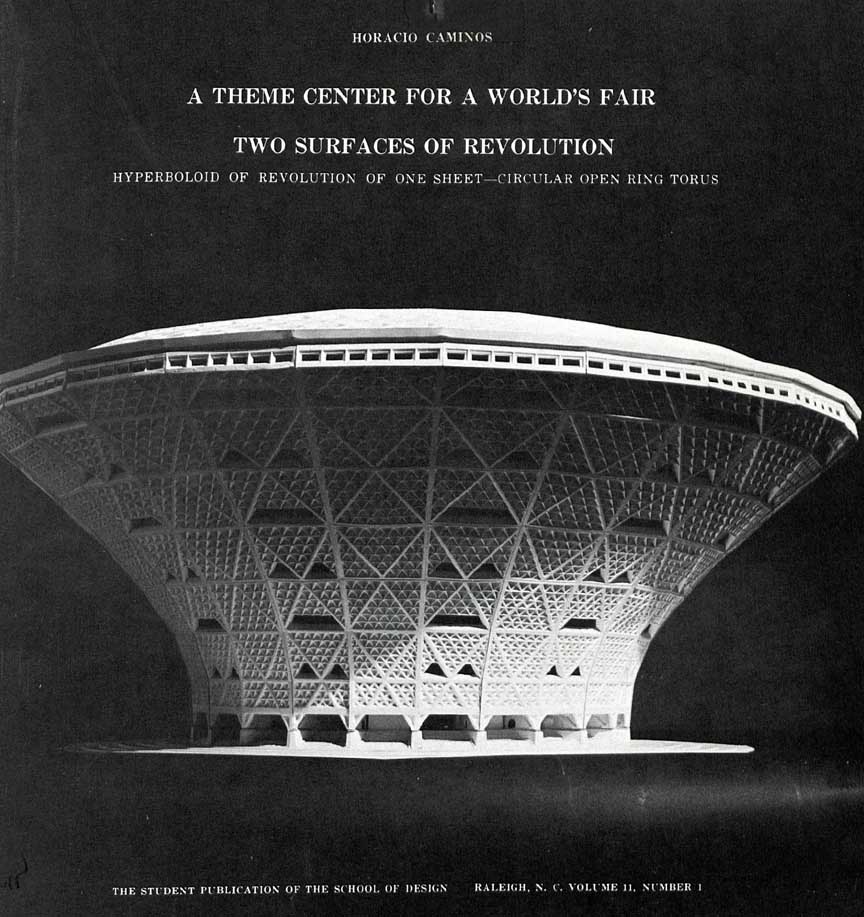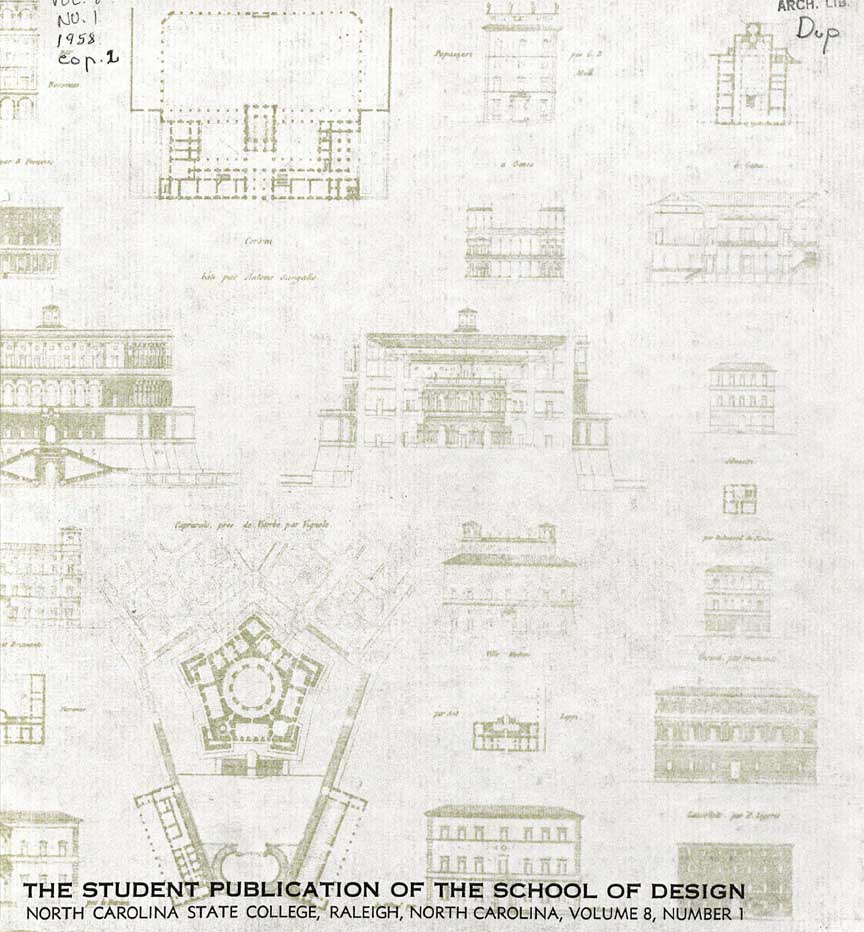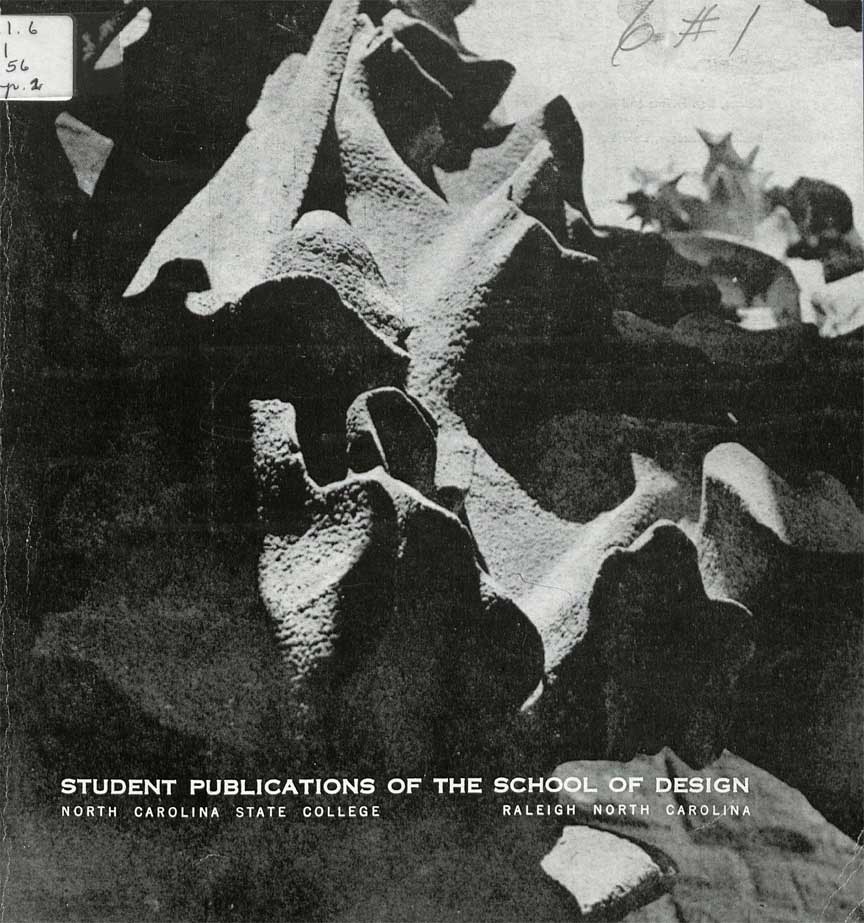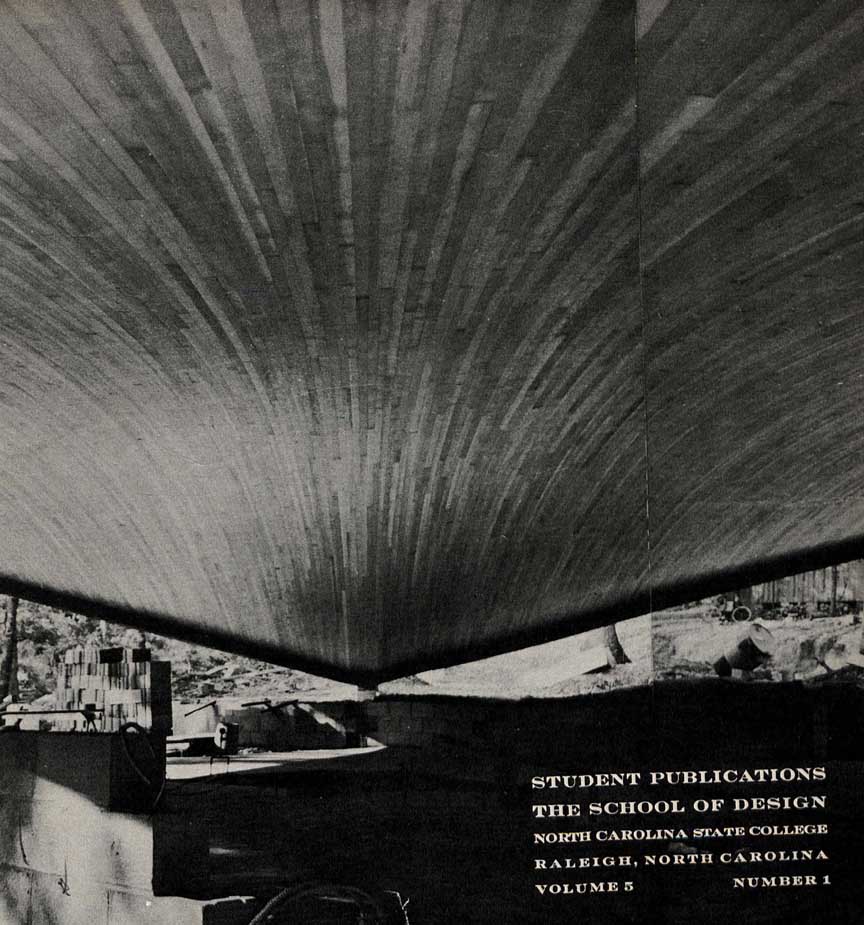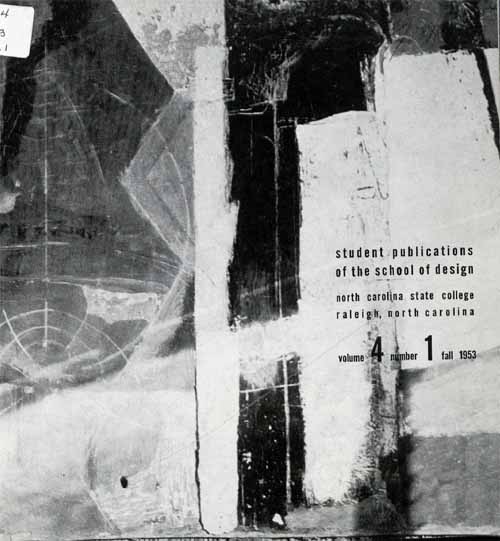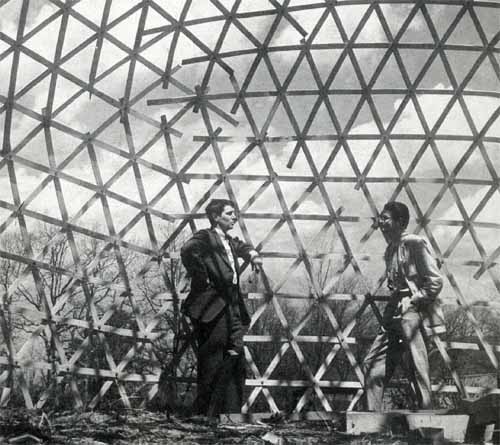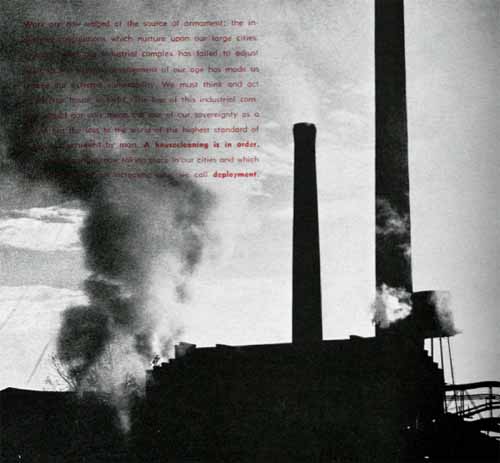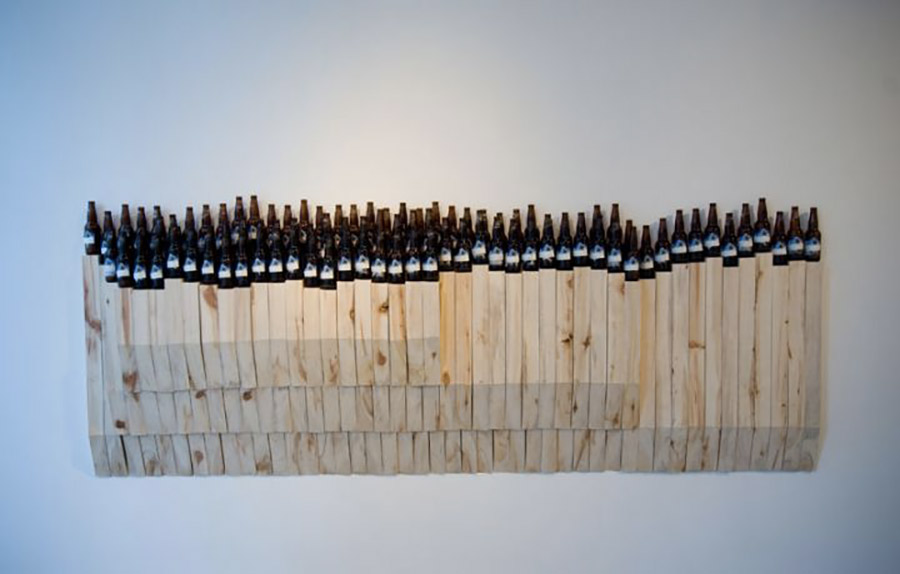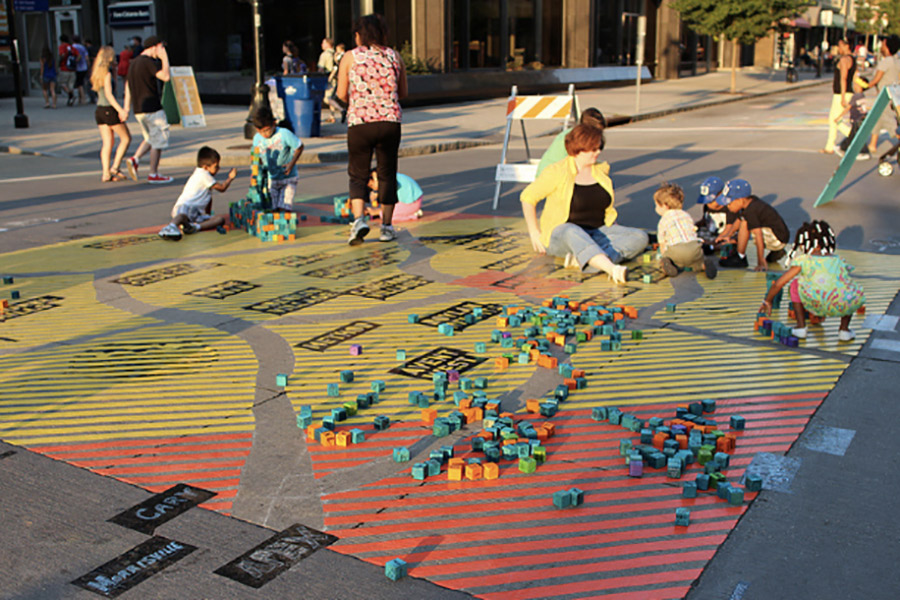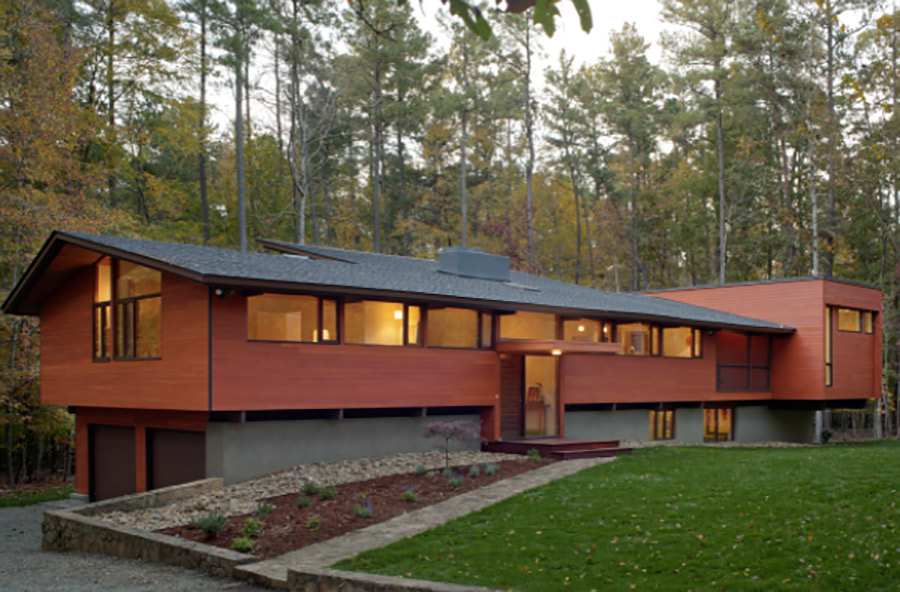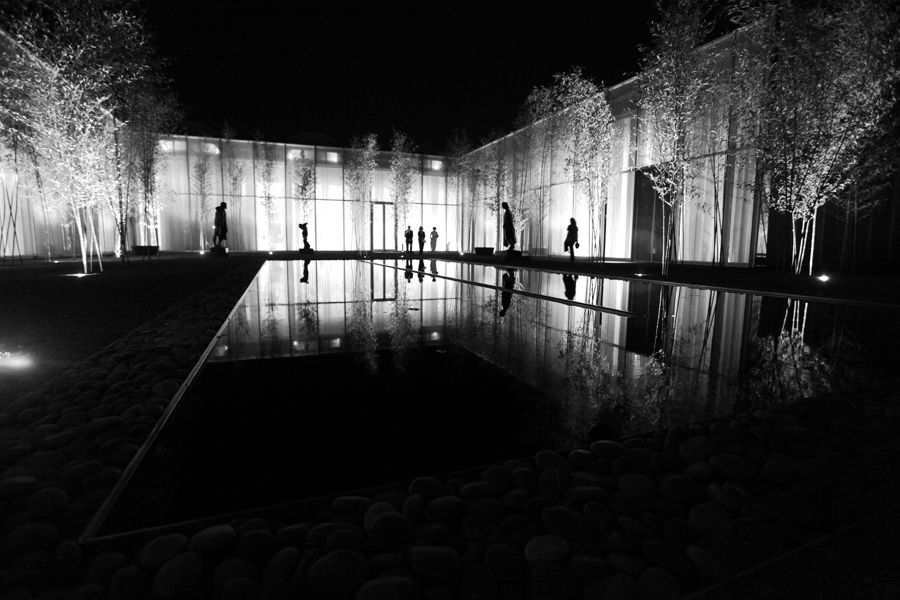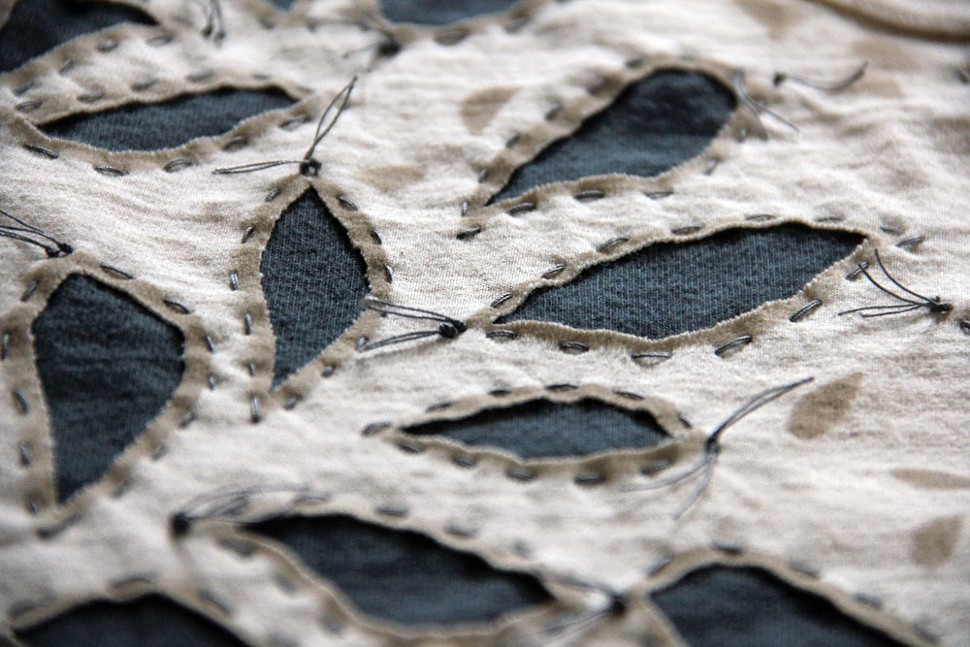
Volume 26: Carolina Dwelling (1978)
Carolina Dwelling: Towards Preservation of Place: In Celebration of the North Carolina Vernacular Landscape
(Download PDF)
Carolina Dwelling is a collection of essays that describe, analyze, trace the history and suggest the possible meanings of various features of the North Carolina vernacular landscape. The book's purpose is to provide a basis for collective reflection upon both the particularity and the process recorded in that landscape. The book was incited by a felt need to tend to what is here. This book's ultimate goal is the conservation of things and buildings and places . It seems appropriate at the beginning of such a book to inquire why we should be interested in the conservation of buildings and things and places, especially in an age so characteristically devoted to growth and change and bigness that an urge to conserve anything would seem to be both ethically and intellectually irrational.
...

